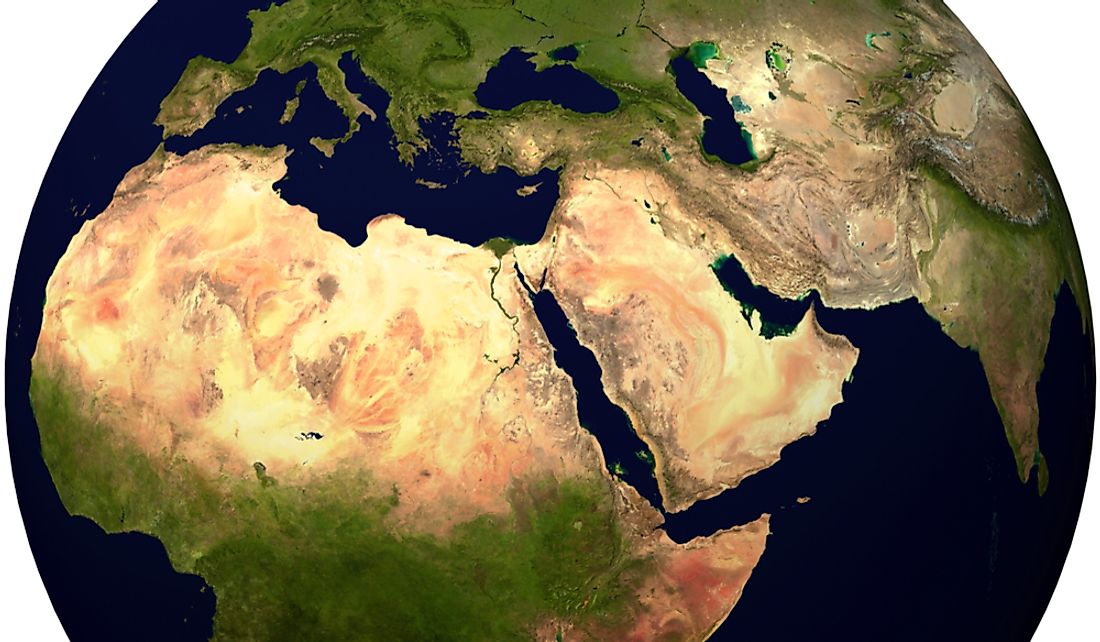What Is The Difference Between Near East and Middle East?

The Near East and the Middle East are historical terms that are both Eurocentric. The terms were coined regarding their position from Europe. Furthermore, the terms related to the geographical locations of the regions that they covered. The area known as the Near East referred to Southwest Asia. On the other hand, the Middle East applied to areas in western Asia, southeastern Europe, and North Africa. In the 19th century, the westerners divided the Orient area into three parts namely Near East, Middle East, and the Far East. Currently, the term Near East is no longer used. The Middle East is used to refer to the ancient Middle and Near East regions.
Historical Usage
The first difference refers to the times when the terms came into existence. Near East emerged in the 1890s. British archeologist D. G. Hogarth wrote a publication known as “The Near East” in 1902. The term Middle East, on the other hand, was first used by Alfred Thayer Mahan in 1902. The British Military started using the term before the Second World War. After the Second World War, people began using the term the Middle East predominantly to refer to both the Middle and Near East regions.
Near East
The Near East comprised the Ottoman Empire and the Balkans. Generally, the countries in Western Asia which were between Iran and the Mediterranean Sea formed the Near East. These included Egypt, Iraq, Israel/Palestine, Jordan, Lebanon, and Syria. However, the term was rendered obsolete with the fall of the Ottoman Empire in 1918.
Middle East
The Middle East comprised of North Africa and Southeast Asia. It covered the region from the Persian Gulf to Southeast Asia. The Middle East entailed the Near East as well as Bahrain, Cyprus, Iran, Kuwait, Oman, Qatar, Saudi Arabia, Turkey, United Arab Emirates, and Yemen. The term the Middle East is still used today.
Current Usage
Today, the Middle East is used to refer to the regions that were formerly the Middle East and Near East. There are 17 Middle Eastern countries. These are Bahrain, Cyprus, Egypt, Iran, Iraq, Israel, Jordan, Kuwait, Lebanon, Oman, Palestine, Qatar, Saudi Arabia, Syria, Turkey, United Arab Emirates, and Yemen.











